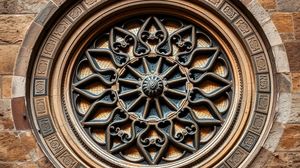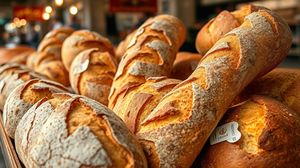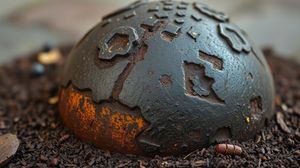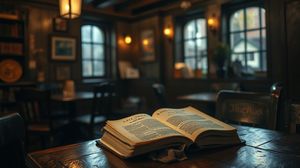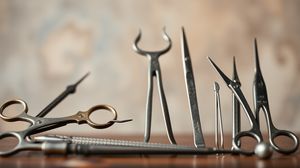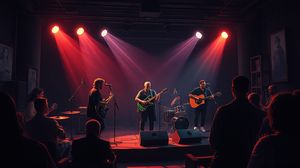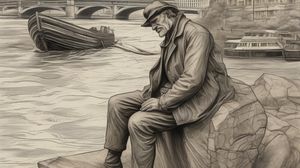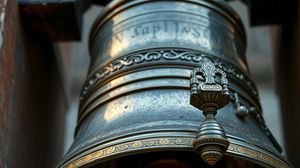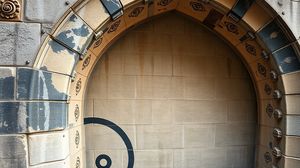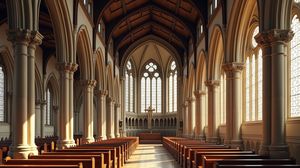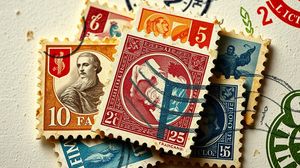
The Clink Prison Museum, located in the historic district of Bankside in London, offers a unique glimpse into the city's grisly penal history. Established on the site of the original Clink Prison, which dates back to 1144, it is one of England's oldest and most notorious jails. The museum immerses visitors in the harsh realities of medieval punishment and confinement, presenting an authentic view of life behind bars in centuries past.
This infamous prison lends its name to the very slang term 'the clink,' used globally to denote jail. The phrase originated due to the notoriety of this establishment, which over centuries held a diverse range of prisoners, including debtors, drunkards, and heretics. The museum depicts the stark contrast between modern justice systems and the often brutal medieval practices once commonplace at the Clink.
Inside the museum, visitors find themselves surrounded by a collection of authentic instruments of torture, offering insight into the grim methods used to extract confessions and impose punishment during the prison's centuries of operation. These artifacts tell a somber story of the judicial system's development in England, ensuring an educational yet haunting experience.
The Clink's location in the heart of London's South Bank, alongside the River Thames, played a pivotal role in its history. Its strategic position facilitated the easy transport of prisoners and goods, making it a key component in the area's administration of justice. The museum highlights this connection, exploring its impact on the local community through centuries.
An interesting aspect of The Clink's history is its association with London's nightlife. During its operational days, the nearby area was dotted with taverns and brothels, adding a layer of intrigue to its story with law and order struggling to maintain control amidst the city's vibrant and sometimes unruly social scene. This synergy between the prison and its surroundings paints a lively, albeit dark picture of medieval London life.
The Clink Prison Museum today serves not only as an exhibit space but as a reminder of the evolution of societal norms and legal practices. Its educational programs aim to increase awareness of the harsh realities faced by those entangled in punitive systems of the past, fostering a better understanding of historical context in modern audiences.

Making the Most of Your Visit:
Try to visit on a weekday when the museum is usually less crowded. It's a small space, and fewer visitors can make the eerie atmosphere more immersive.
Pace yourself when exploring the exhibits. The information on the displays is rich and detailed, so taking time to read them will enhance your understanding of the prison's grim history.
Keep an eye out for the interactive elements. Some displays allow you to get hands-on with replicas of the torture devices. It's both chilling and illuminating to understand how they were used.
Don't miss the chance to chat with the actors if they're present. Occasionally, the museum has staff dressed in period costumes who can provide fascinating and entertaining insights into the history of the Clink.
Naturally, the Clink is located in a historic area. After visiting the museum, take a moment to explore Bankside, where you can find remnants of the area's colorful history, such as the nearby ruins of Winchester Palace.

Visiting Times & Costs:
Opening Hours:
The Clink Prison Museum, Bankside is generally open to the public year-round. However, opening hours may vary, so it is advisable to check in advance. As of the latest update, usual opening times are:
- Monday to Sunday: 10:00 AM to 6:00 PM
Admission Fees:
| Category | Price |
|---|---|
| Adults | £9.00 |
| Concessions (Students, Senior Citizens, Disabled Visitors) | £7.50 |
| Children (5-15 years) | £5.00 |
| Family Ticket (2 Adults + 2 Children) | £25.00 |
| Children (under 5 years) | Free |
Accessibility:
Visitors should be aware that The Clink Prison Museum is located in a historic building, which may present some accessibility challenges. The entrance and interior include narrow passages and some stairs. It is recommended that visitors with mobility concerns contact the museum directly for specific accessibility information and assistance.

Address & Map:

Nearby:
